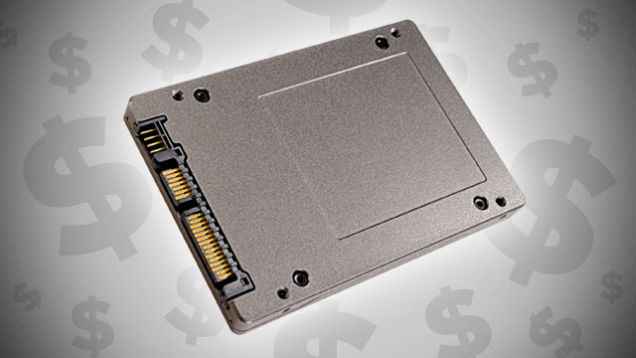Solid-state drives are superior to hard drives in every way but one: they’re faster, lighter, and less fragile, but they’re also more expensive. The last one has been the only thing keeping HDDs alive, and that thread appears to be getting thinner by the day.
According to a report by TrendForce, SSD prices per gigabyte have been making a cliff-like graph over the last few years: from $1.35 a gigabyte in 2012, we’re down to $0.53. That’s exactly what you’d expect from a technology starting to come of age; the interesting thing is that hard drive prices have stayed more or less the same, as you’d expect from a technology that’s been around for decades.
In simpler terms: we are approaching a glorious storage singularity, where hard drives and SSDs cost the same, and spinning magnetic platters cease to be a thing anyone carries around. This will be good for everyone, because it will make our PCs faster, less likely to break, more energy-efficient and quieter.
According to TrendForce, this will happen for smaller drives sometime in 2017, which is when you can expect 256GB SSDs and HDDs to cost the same. Of course, there are caveats: this is classic data extrapolation, which is a fancy way of drawing lines to predict the future; there’s also the fact that HDDs are still getting bigger, and at the upper end, SSDs and HDDs have a long way to converge. But still, solid-state drives in cheapo Windows laptops? Sign me up.
[TrendForce via Computerworld]
